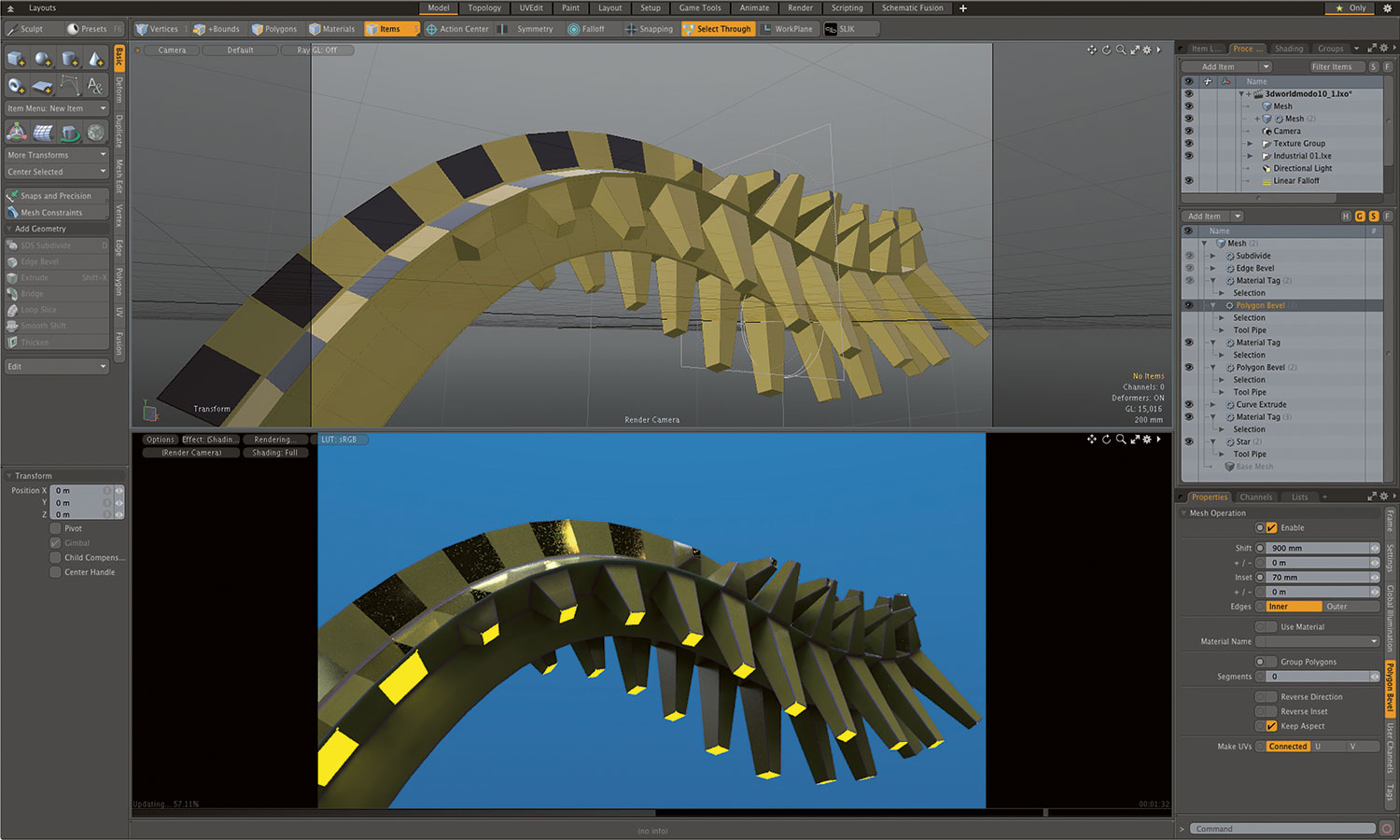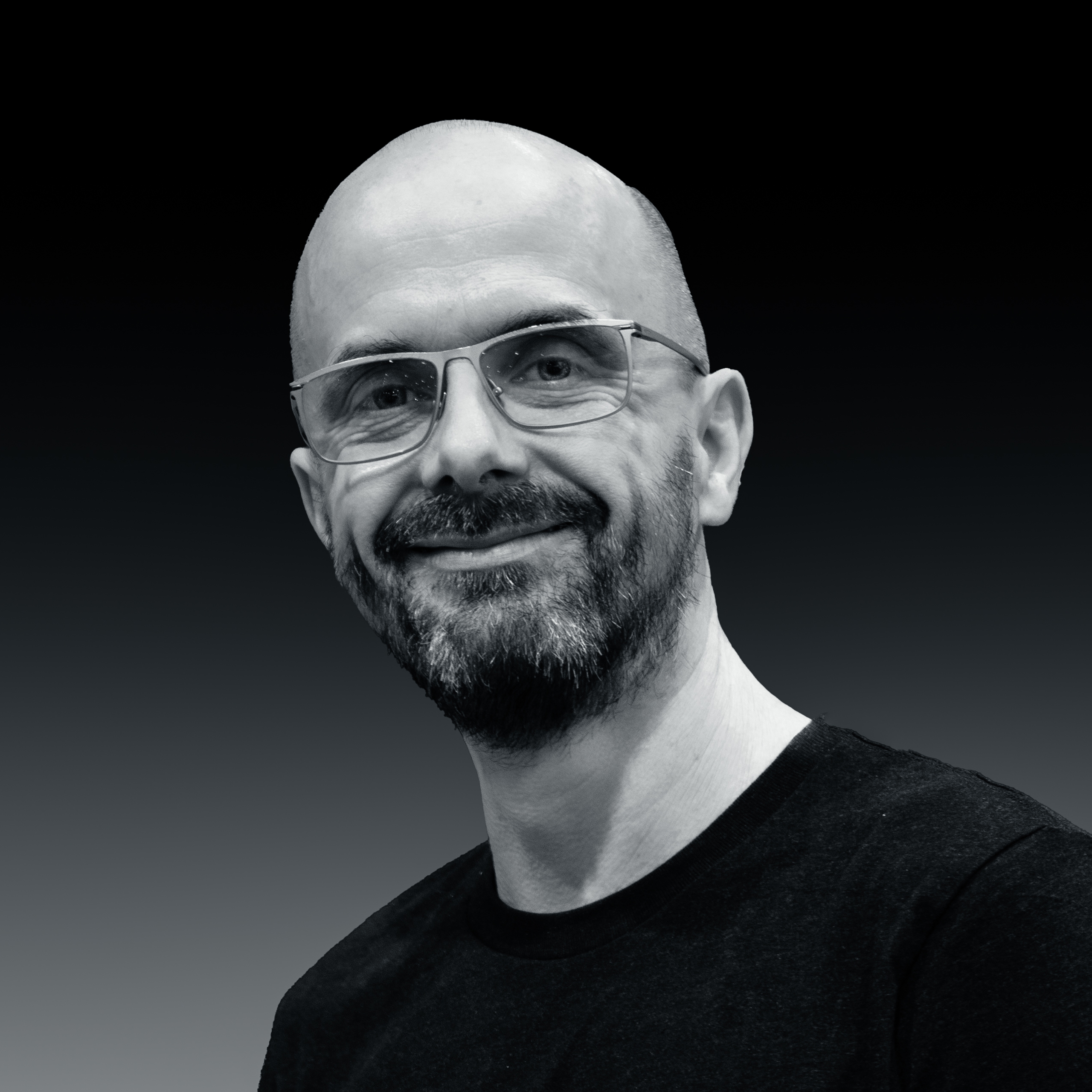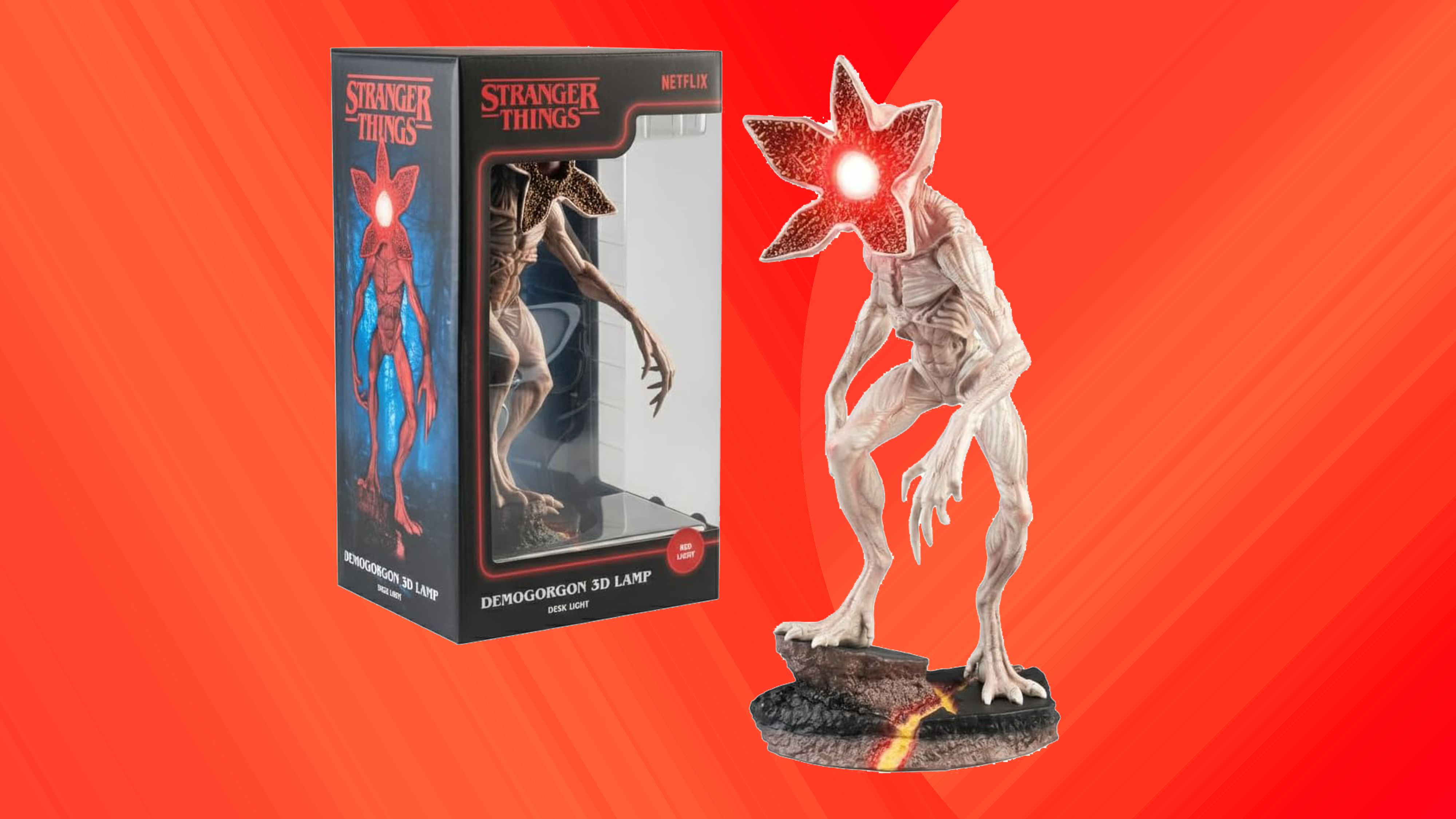Our Verdict
Modo's new procedural tools are powerful, if not exactly easy to learn, and should enhance Modo's reputation as a best-in-class modelling tool.
For
- New procedural modelling toolset
- Subdivision modelling can be adjusted on the fly
- Procedural system works with existing toolsets
Against
- Procedural tools affect viewport performance
Why you can trust Creative Bloq
The Foundry has released the first major update as part of its Modo 10 Series digital content creation application. While Modo version 10.0 concentrated on gaming workflows, with Modo 10.1, the focus is on the addition of more procedural tools to help you create stunning 3D art.
When is a new feature not a new feature? When it is a preview. This is the path The Foundry has taken with the new procedural modelling toolset, which is the main component of the Modo 10.1 release. That being said, this is not a gimmick – The Foundry has created a strikingly powerful modelling system.
The new system combines well with existing Modo toolsets to create an even more unique sub-division modeller with a range of creative options that are hard to match. But what does procedural modelling mean? It means that any object is live and changes can be applied on the fly, which can have an impact all the way through an object's creation process.
For a first attempt, Modo's procedural system is ably robust and is testament to how much The Foundry has been concentrating on its QA processes. Procedural modelling has its own dedicated window in the modelling layout, and operations such as create, bevel, extrude and even assign material on specific polygons can all be stacked, readjusted and examined. In fact, most of the major functions that Modo can perform, even down to sub-dividing, can be added as a procedural element. The ghosting feature allows an easy way to view a procedural mesh change lower in the stack, while the final result is outlined – which can be really handy.

One of the key features to making this work is that the procedural system works with tools throughout Modo. So a procedural texture can be used to delete elements on a plug-in plane, or a procedural shape extruded along a curve can be merged with the powerful MeshFusion Boolean toolset to create exceptionally complex shapes in minutes. Falloffs can be applied to the procedurals, allowing animation and yet more ability to finesse the geometry. The only downside to all of this creativity is that it can quickly start to show some of Modo's core weaknesses – the viewport slows down rapidly when things get complex, and while the new procedural system is logical, it's not as 'easy' as the tutorials claim.
With both releases of Modo 10, the shift back to unique modelling workflows is welcome, but it does feel like the application is shrinking. This is potentially no bad thing, as Modo has always worked well with other software. However, unless some of the elements like viewport performance can be addressed, all these new toys won't get the chance to shine the way they should.
This article originally appeared in 3D World issue 213; buy it here!
Daily design news, reviews, how-tos and more, as picked by the editors.
Related articles
- Use particles to create a 3D splash
- Making it in the video game industry: top tips
- 40 free textures to download today!
out of 10
Modo's new procedural tools are powerful, if not exactly easy to learn, and should enhance Modo's reputation as a best-in-class modelling tool.

Mike Griggs is a veteran digital content creator and technical writer. For nearly 30 years, Mike has been creating digital artwork, animations and VR elements for multi-national companies and world-class museums. Mike has been a writer for 3D World Magazine and Creative Bloq for over 10 years, where he has shared his passion for demystifying the process of digital content creation.
